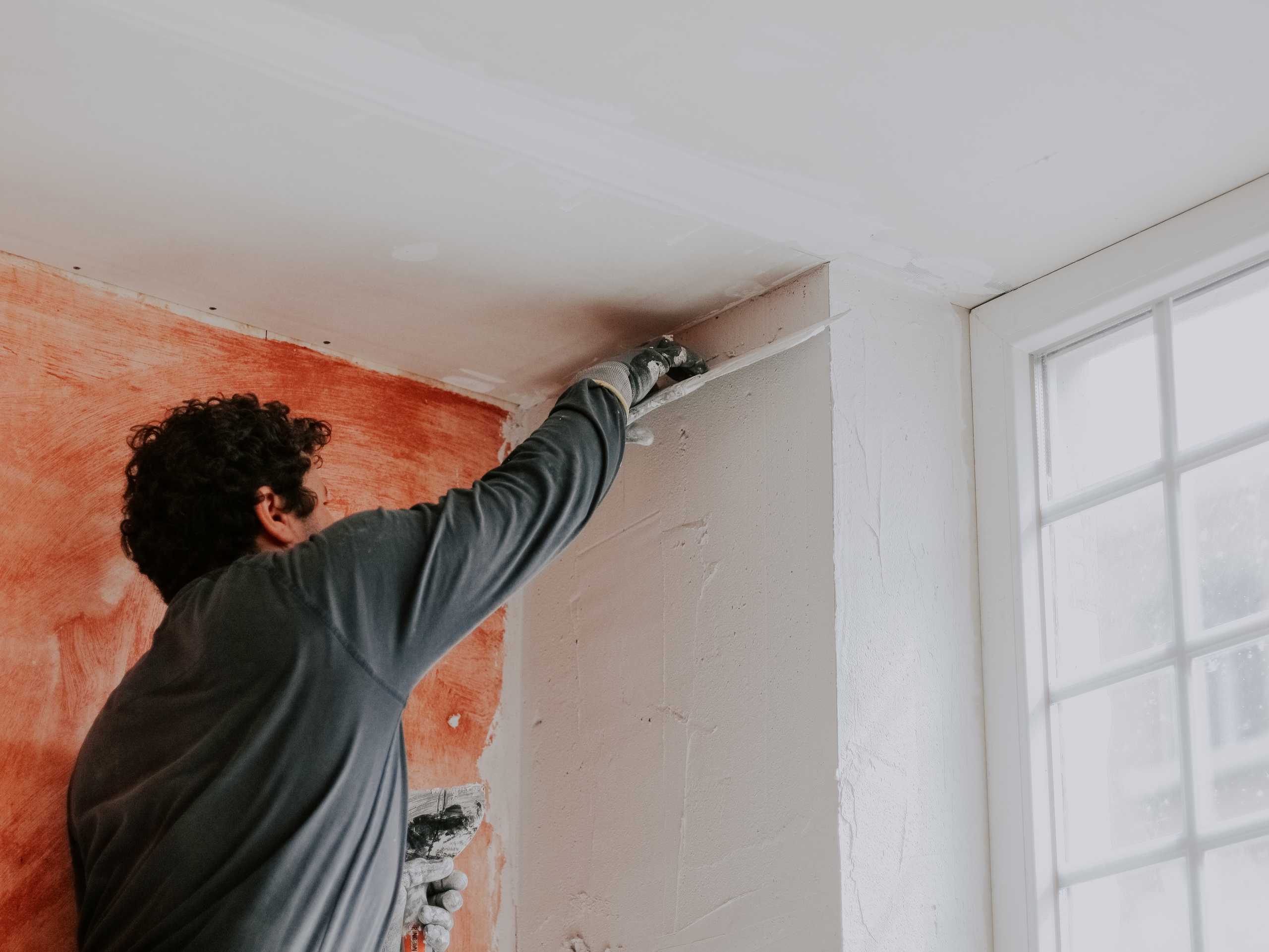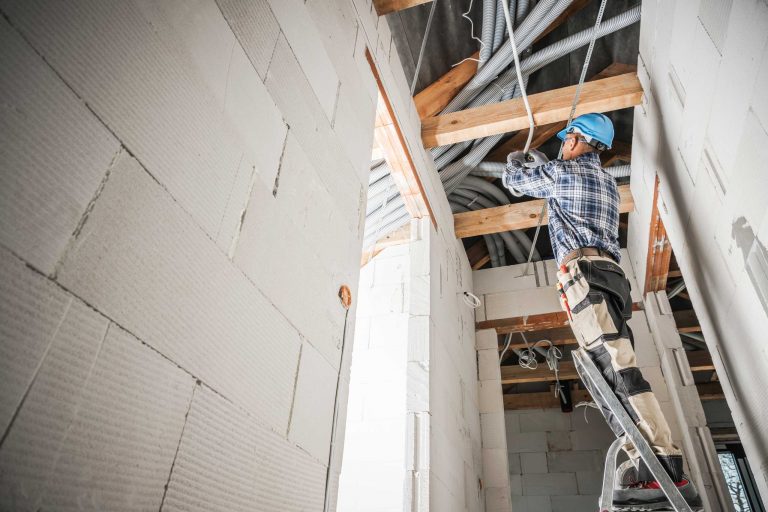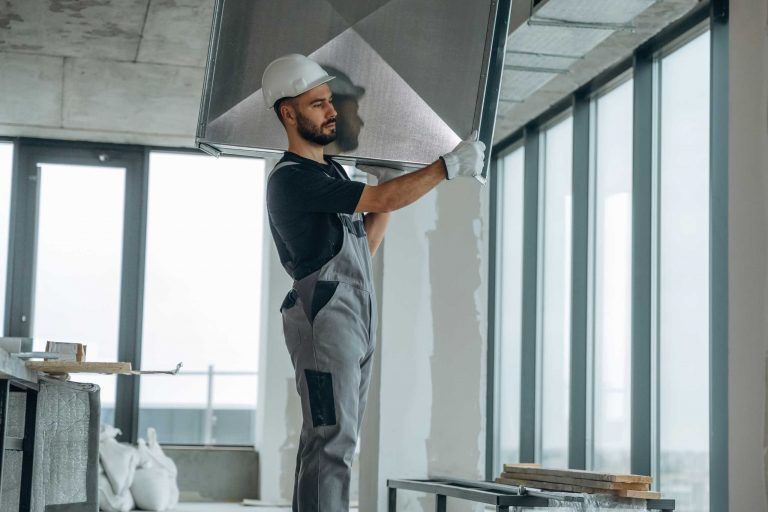Drywall training is not complete without understanding the materials themselves. Many beginners think all drywall sheets are identical, but subtle differences greatly affect performance, installation difficulty, and long-term durability. Choosing the right board for specific environments determines how well the structure resists moisture, holds fixtures, and maintains a smooth finish. This knowledge forms a key part of becoming a capable installer.
Material selection always begins with understanding the core purpose of each board. Standard drywall works well for most interior walls, but specialized conditions require advanced materials. Moisture-prone rooms, high-traffic zones, and areas exposed to mechanical stress all demand different board compositions. Students who learn to evaluate conditions properly can avoid costly mistakes and ensure precise, reliable installations.
Key Types of Drywall Boards
Different boards serve different structural and functional needs. Recognizing these categories is essential for planning and efficient problem-solving.
- Regular Drywall
Ideal for living rooms, bedrooms, and general interior surfaces where conditions remain stable. - Moisture-Resistant Drywall
Designed for kitchens, bathrooms, and utility rooms with increased humidity. - Fire-Resistant Drywall
Used in corridors, furnace rooms, and areas requiring safety compliance. - High-Impact Drywall
Suitable for hallways, garages, and commercial spaces where walls may be subjected to mechanical pressure.
Each type has distinct strengths and installation nuances, which students gradually master through practice and focused instruction.
Thickness and Size Considerations
Board thickness plays a significant role in performance. Thin sheets offer flexibility and are easy to handle, while thicker boards provide acoustic benefits and increased durability. Length and width also influence ease of installation, as larger boards reduce seams but require more strength and control.
Important variables include:
- Weight distribution across framing.
- Seam count and alignment.
- Cutting complexity for larger panels.
- Flexibility versus rigidity based on thickness.
Understanding these factors helps learners select boards that support clean structure and predictable finishing.
Assessing Installation Environments
Before committing to materials, installers analyze the conditions of the space. Moisture exposure, design layout, ventilation quality, and expected load influence board choice. Students quickly learn that incorrect material selection leads to warped surfaces, uneven joints, or premature wear.
Typical evaluation points include:
- Airflow and temperature stability.
- Probability of direct water contact.
- Soundproofing requirements.
- Impact risk in family or commercial areas.
This diagnostic approach teaches learners to think ahead, plan effectively, and adapt to real-world conditions.
From Selection to Mastery
Understanding drywall materials empowers learners to install with confidence. When students know why they choose specific boards, their decisions become more strategic and controlled. This foundation supports smoother mounting, easier finishing, and long-lasting structural integrity. Material knowledge is not just theory — it is a practical tool that elevates every stage of the installation process.



